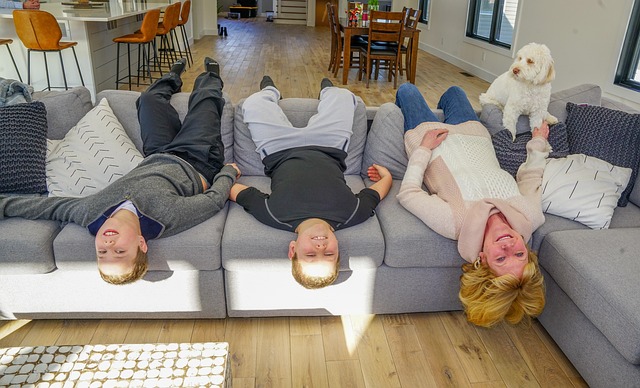Supporting the Mental Health of Non-Expressive Autistic Individuals: Listening Without Words:
As a neurodivergent psychologist, I’ve had the privilege of walking alongside many autistic individuals, both youth and adults. Some of whom are expressive with their thoughts and feelings, while others communicate in quieter, more subtler ways. This post is a reflection born from those journeys, especially with those who are often misunderstood simply because they do not, or cannot speak in the ways we expect of them.
There are moments in my work that stay with me. A gentle hand flick, a sudden pause in movement, the soft hum of a familiar sound, to the untrained eye, may seem meaningless. But for someone tuned into their language, these are rich, powerful expressions of emotion, need, and presence.
Mental health support for autistic individuals, especially those who are non-expressive, requires more than just clinical knowledge. It asks for presence. Patience. Curiosity without assumption.

Insights Gained From My Autistic “Teachers”
Here’s what I’ve learned from my clients who communicate beyond words:
- Connection is possible without conversation.
- One young client I support doesn’t use words, but his eyes light up when we engage in shared sensory play. His way of saying “I’m here with you” isn’t verbal, it’s relational. Emotional safety is built in moments of co-regulation and attunement, not just dialogue.
- Behaviours are expressions. Not symptoms to erase.
- A repetitive hand motion might be a way to self-soothe. A refusal to engage might be a form of self-protection. When we shift our lens from “problem behaviour” to “emotional communication,” we open up space for understanding and compassion. Every behaviour asks us to look deeper: What are they feeling? What do they need?
- Mental health is not about ‘fixing’ communication—it’s about building connections.
- Too often, therapy focuses on increasing verbal communication as the measure of progress. But for some autistic individuals, especially non-speaking ones, the goal isn’t to speak more—it’s to be understood more. AAC (Augmentative and Alternative Communication), visual systems, gestures, and simply being respected in silence are all valid and meaningful.
- We need to co-create support systems that are sensory-friendly and identity-affirming.
- The traditional therapy space, like bright lights, ticking clocks, unspoken social rules, can be overwhelming. Creating low-arousal, autism-affirming environments helps clients feel safe. Also, beyond the physical space, emotional safety comes from being seen and accepted for who they are, not who society wants them to be. They are patiently waiting for us to meet them halfway.
Book a session with us today and take the first step towards connecting with your loved ones.
